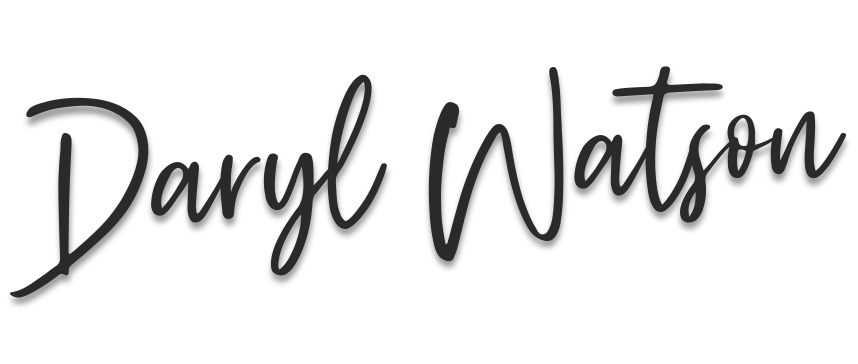Tag Archive for: leadership
Mission Leadership Council







Hold on
Councils
I was excited to receive the picture attached from my dear friend, Eelco Scheltinga, who serves as President of the Den Haag Stake (diocese).
He and I meet regularly to discuss all aspects of missionary work in his stewardship.
In addition, he also meets regularly (like the other Stake Presidents – Angelo Leman, Percy de Wilde and Jerry Bletterman) with his Zone Leaders (ZL’s) and Sister Trainer Leaders (STL’s), who are assigned to work with many missionaries in other wards & branches.
These 5 missionaries are an essential part of the leadership team in his Stake.
I love the fact that he is sitting with them at home, around his dinner table, welcoming them with warmth, love and understanding.
In addition, it’s clear from their smiles, they enjoy meeting with one another!
“Where two or three are gathered together in my name, there am I in the midst of them” (Matthew 18:20)
Missionary Council
Meeting together as a missionary council, with purpose, in a spirit of warm-hearted cooperation, they listen to one another, discuss concerns, make plans, set goals and search for solutions to the problems of the day.
Working through councils is a very effective way to get positive results.
Having sat in many councils, I know that when free, open and candid conversation is filled with love, patience, kindness and respect for the differing opinions and points of view that are usually on hand, the council is always a success.
Sparks of inspiration come, and decisions are made to plan and coordinate missionary work.
Scriptures
In the Old Testament, the Prophet Isaiah said; “Come now, and let us reason together” (Isaiah 1:18).
And in our day, we read in Doctrine & Covenants 50:10; “Let us reason together, that ye may understand.”
I know that it is by reasoning together, that we strengthen one another.
“Where no counsel is, the people fall: but in the multitude of counsellors there is safety.” (Proverbs 11:14)
It is clear the council system across our mission is alive and well, it is fully functioning and filled with vibrancy and enthusiasm, thus ensuring safety for each and every one of us.
M. Russell Ballard said those who learn to counsel effectively will “always end up with a better result, always end up with a better answer and, will always end up with a better spirit.”
How can counselling together bless you and your family?
Leadership Behaviours
Rebuilding
Stretch Zone
Discomforts
The Mission Presidency
Counselling
Service
Counselling Together
What is a SWOT Analysis?
What great leaders do…
Stay in the Boat
“Let’s get in the boat” I said.
However, it wasn’t quite the trip the Mission Leadership Council (MLC) members were quite expecting!
It reminded me of a talk given by Elder M. Russell Ballard some years ago entitled “Stay in the Boat and Hold On!” I highly recommend it.
In his talk Elder Ballard said, “In searching the scriptures and the words of past and current apostles and prophets, we should focus on studying, living, and loving the doctrine of Christ.”
Staying true to Jesus Christ is like staying safe in a boat.
Yesterday we did embark upon a few adventures of our own and held on!
We welcomed five new members to the MLC.
The mission home was filled to capacity. We loved having everyone here.
Counselling Together
In our council session, we spent time understanding the doctrine of Christ, discussed the Lord’s timing and completed a team building activity on balance, to strengthen our collaboration together.
In addition, we also learned about earnest fasting, searching the scriptures, supplication in prayer and looking smart in our missionary endeavours.
Oh, and lunch was delicious too. Echt lekker 😊
Working with the missionaries is not only a spiritually edifying experience, but also a lot of fun too – the pictures below testify of that!
We laughed, we cried, we talked, we listened, we played, we counselled, we prayed, we sang, and we learned lots together.
Our discussions were like the essential supplies, safety guidelines and instructions required to make our way down the river of life to our final destination.
There is nothing quite like these gatherings, frankly, they are an inspiration.
You can depend upon the missionaries.
If any one of you have fallen out of the boat, or want to get into the boat, we will do our best to find you, minister to you, and pull you safely in.
Why not join us and jump on board “Old Ship Zion” – you’ll love the journey!
